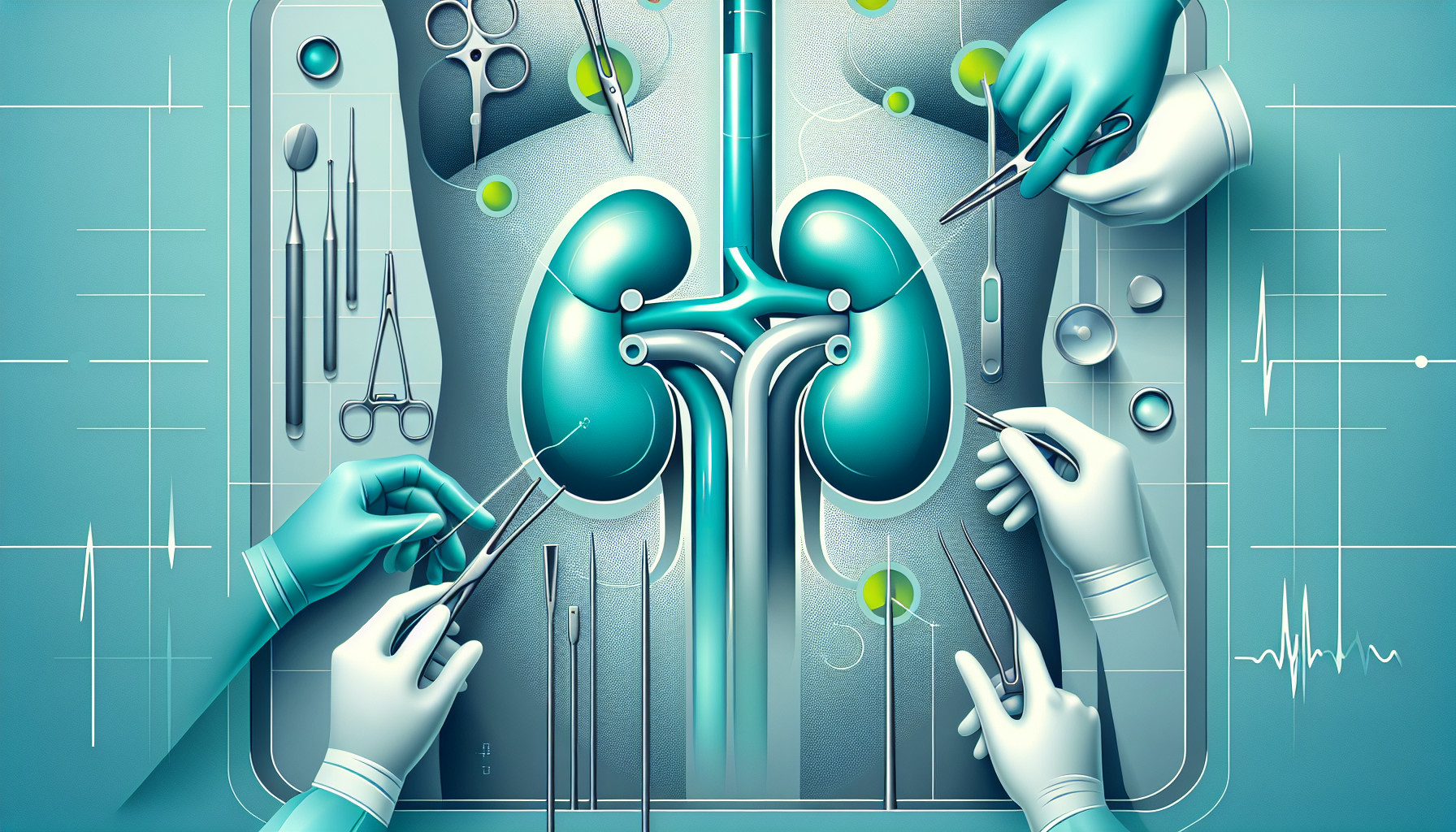Our Summary
This research paper is about the factors that affect the ability of kidney transplant recipients to exercise. The researchers found that people who have had a kidney transplant often exercise less than other people. They wanted to understand why this is the case, so they reviewed previous studies on the topic.
They found that the main reasons kidney transplant recipients don’t exercise as much are because they don’t have good information on how to exercise safely, they are physically limited, and they are afraid of hurting their kidney. On the other hand, the things that help them to exercise more are a desire to return to a normal life, the physical and mental benefits of exercise, setting goals and tracking progress, having an already active lifestyle, preferring certain types of exercise, and having social support.
Based on these findings, the researchers recommend that health care providers give kidney transplant recipients specific guidance on how to exercise safely and effectively. They also suggest that these patients could use more personalized support and resources to help them exercise more. This could be beneficial for their overall health, especially in preventing heart disease and other health problems.
FAQs
- What are the main reasons kidney transplant recipients don’t exercise as much as others?
- What factors help kidney transplant recipients to exercise more?
- What do the researchers recommend for healthcare providers to help kidney transplant recipients exercise more safely and effectively?
Doctor’s Tip
One helpful tip a doctor might tell a patient about kidney transplant is to consult with their healthcare team before starting any new exercise routine. It is important to discuss any limitations or precautions that should be taken based on individual health status. Additionally, gradually increasing the intensity and duration of exercise over time can help prevent injury and promote overall well-being. Regular physical activity can improve strength, endurance, and overall quality of life for kidney transplant recipients.
Suitable For
Patients who are typically recommended for kidney transplant are those with end-stage renal disease who are not able to maintain a good quality of life with dialysis treatment alone. This includes patients who have kidney failure due to conditions such as diabetes, high blood pressure, or glomerulonephritis. Additionally, patients who have a high risk of complications from dialysis, such as infections or cardiovascular issues, may also be recommended for kidney transplant.
It is important for patients who are considering kidney transplant to undergo a thorough evaluation by a transplant team to determine if they are suitable candidates for the procedure. This evaluation will take into account factors such as the patient’s overall health, age, medical history, and ability to comply with post-transplant care requirements. Ultimately, the decision to undergo a kidney transplant should be made in consultation with a healthcare provider who can provide guidance and support throughout the process.
Timeline
- Before kidney transplant:
- Patient is diagnosed with end-stage kidney disease and begins dialysis treatment to filter waste and excess fluid from the blood.
- Patient is evaluated for a kidney transplant and placed on the transplant waiting list.
- Patient undergoes extensive medical tests and evaluations to determine eligibility for transplant surgery.
- Patient receives a donor kidney match and prepares for transplant surgery.
- After kidney transplant:
- Patient undergoes kidney transplant surgery, which typically takes several hours.
- Patient stays in the hospital for a period of time to recover and monitor for any complications.
- Patient begins taking immunosuppressant medications to prevent rejection of the donor kidney.
- Patient undergoes regular follow-up appointments and medical tests to monitor kidney function and overall health.
- Patient gradually resumes normal activities, including exercise, under the guidance of healthcare providers.
- Patient may experience improvements in energy levels, overall health, and quality of life post-transplant.
What to Ask Your Doctor
- What specific guidelines should I follow for exercising safely after a kidney transplant?
- Are there any types of exercise that I should avoid or be cautious about?
- How can I gradually increase my physical activity level without putting my kidney at risk?
- Are there any resources or programs available to help me with my exercise routine post-transplant?
- How often should I be monitoring my physical activity and progress?
- What are the potential benefits of regular exercise for kidney transplant recipients?
- How can I overcome any fears or concerns I may have about exercising after a kidney transplant?
- Are there any dietary considerations or restrictions I should be aware of when incorporating exercise into my routine?
- Can you provide me with a personalized exercise plan that takes into account my individual health needs and goals?
- How can I maintain a consistent exercise routine while managing any medications or health issues related to my kidney transplant?
Reference
Authors: Bates A, Letton ME, Arnold R, Lambert K. Journal: J Ren Care. 2024 Dec;50(4):384-404. doi: 10.1111/jorc.12497. Epub 2024 May 28. PMID: 38806247
